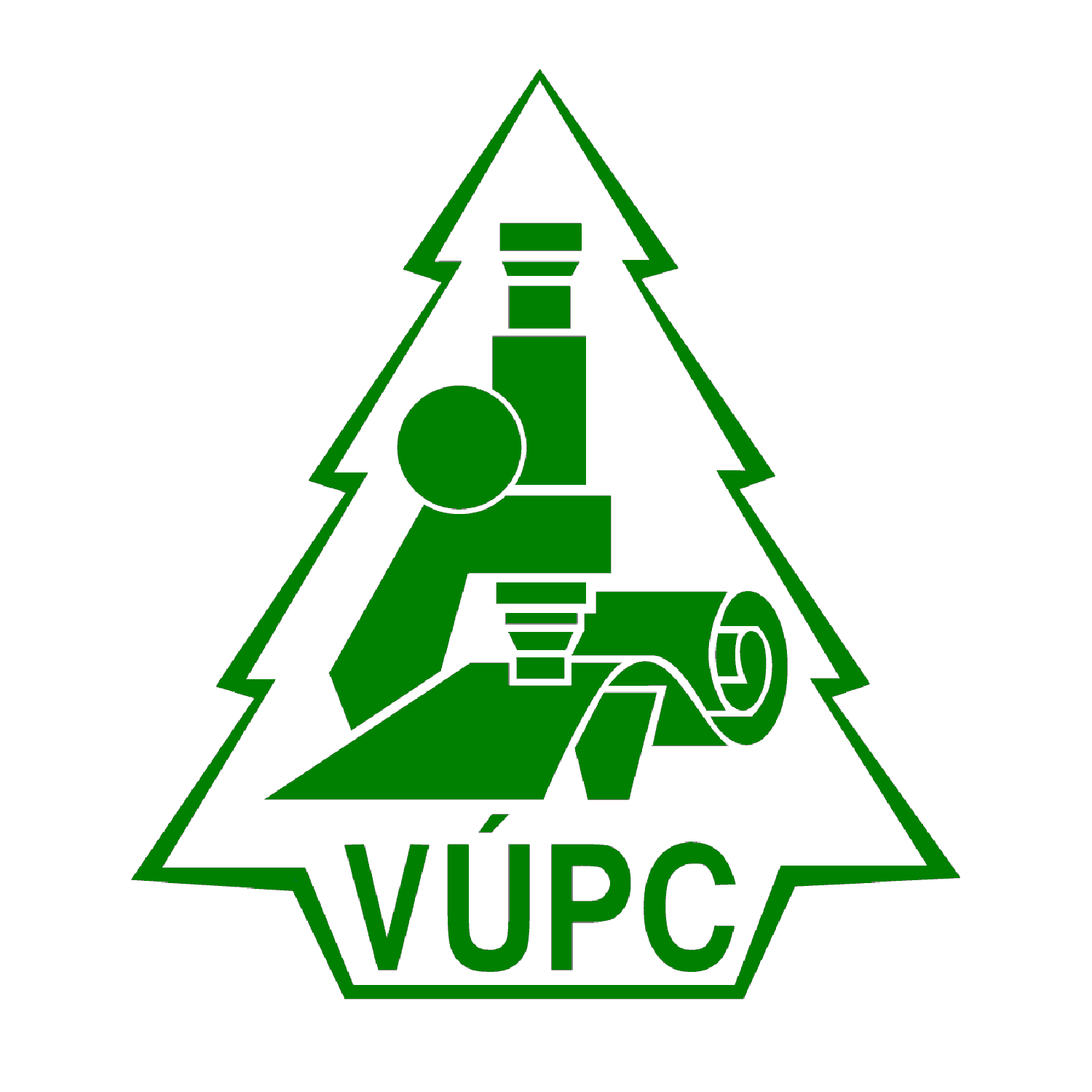EFFECT OF PHENOL FORMALDEHYDE RESIN IMPREGNATION ON NANODYNAMIC VISCOELASTICITY OF PINUS MASSONIANA LAMB IN WET STATE
We evaluated the effects of phenol formaldehyde (PF) resin modification on Masson pine (Pinus massoniana Lamb.) wood cell wall in wet states. The penetration degree of PF resin into wood cell was determined using confocal laser scanning microscopy (CLSM). The micromechanical properties of PF-modified wood cell walls in wet state were analyzed by quasi-static nanoindentation and dynamic modulus mapping techniques. Results showed that the PF resin significantly affected the static viscoelasticity and nanodynamic viscoelasticity of wood cell walls in oven-dried and wet states. The cell-wall mechanics increased at a PF resin concentration due to the increased bulking effects, such as decreased crystallinity of cellulose. Furthermore, the microfibrillar angle (MFA) of cell walls was lower than that of the control wood cell wall. The cell-wall mechanics of PF resin-modified sample decreased small than control sample in wet states









